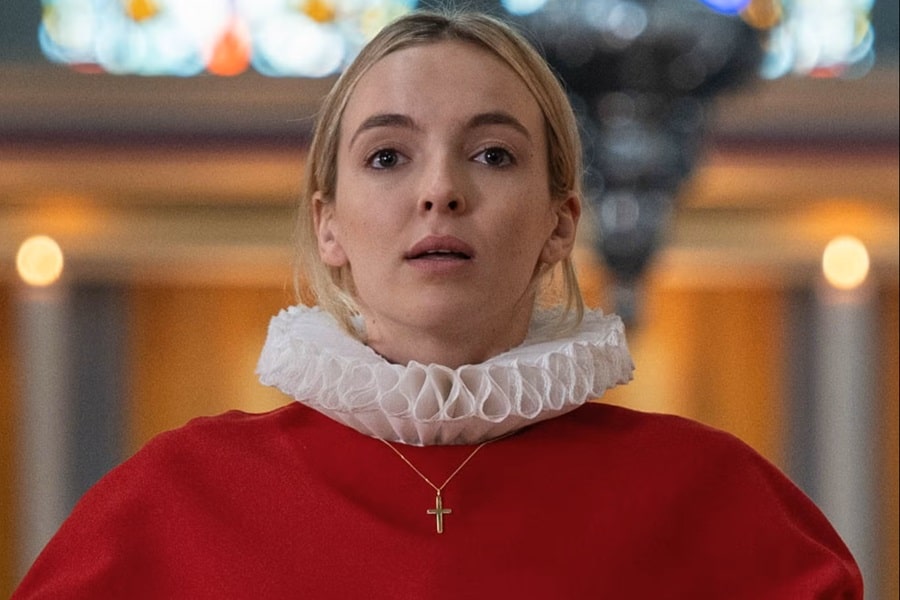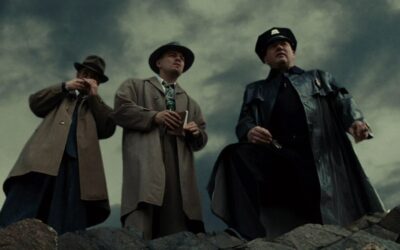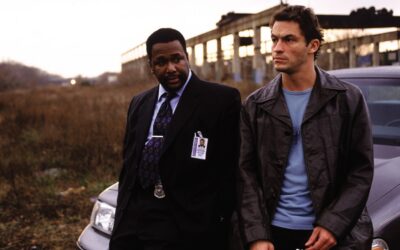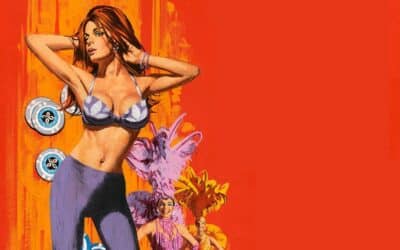
Criminal Fashion
Clothing speaks volumes. It tells tales of deception, power, and identity. The right outfit can be as potent as a smoking gun, as evocative as a whispered secret. Criminal fashion isn’t just about what characters wear; it’s about what their clothes say, how they conceal, reveal, and transform.
Classic criminal attire sets the stage. Dashiell Hammett’s Sam Spade in “The Maltese Falcon” dons the quintessential trench coat and fedora, a silhouette etched in the noir tradition. His look is more than style; it’s armor against a world steeped in moral ambiguity. Similarly, Raymond Chandler’s Philip Marlowe, clad in a suit that’s seen better days, projects an image of a man at odds with both society and himself, his rumpled elegance mirroring his inner turmoil.
Modern crime fashion, sleek and dangerous, walks a fine line between allure and menace. In “The Girl with the Dragon Tattoo,” Lisbeth Salander’s punk-goth aesthetic—piercings, leather jackets, and combat boots—becomes her armor and identity. Her clothes scream rebellion and defense, reflecting her battle-scarred psyche and unyielding strength. The recent adaptation of “The Night Manager” sees Tom Hiddleston’s Jonathan Pine transforming from a hotel night manager to an undercover agent. His transformation is marked by a shift from understated uniforms to sharply tailored suits, signifying his plunge into a world of espionage and deceit.
Disguises and deception weave through the fabric of crime fiction, where the right costume can alter fate. Patricia Highsmith’s Tom Ripley in “The Talented Mr. Ripley” is a chameleon, changing identities with the flick of a wardrobe switch. His clothing choices are pivotal to his cons, each outfit meticulously selected to manipulate and deceive. In the film “Ocean’s Eleven,” the team’s various disguises—ranging from bellboys to high-rollers—underscore their versatility and the intricate planning behind their heist. Every costume is a calculated move in their game of deception.
Symbolic clothing often reveals more than it conceals. In “No Country for Old Men,” Anton Chigurh’s austere and functional attire—a stark contrast to the desolate Texan landscape—emphasizes his role as an agent of chaos and death. His unremarkable look makes him blend in and stand out, a harbinger of inevitable doom. Meanwhile, in “Inherent Vice,” Doc Sportello’s perpetually rumpled, bohemian garb signifies his detachment from the conventional world and his immersion in the counterculture, a detective at odds with the changing tides of the 1970s.
Fashion and character development are tightly intertwined. In “Killing Eve,” Villanelle’s extravagant and bold outfits reflect her unpredictable nature and her flair for dramatics. Each ensemble—whether a chic suit or a whimsical dress—captures her essence, a blend of lethal elegance and chaotic whimsy. Over the course of the series, her evolving wardrobe charts her psychological journey, mirroring her inner conflicts and growth. Similarly, Walter White’s transformation in “Breaking Bad,” marked by a shift from mundane beige to dark, intimidating colors, visually narrates his descent from a benign chemistry teacher to a feared drug lord.
In crime fiction, clothing is never just clothing. It’s a narrative tool, a character sketch, a plot device. It’s the tailored suit that conceals a gun, the worn trench coat that hides a troubled soul, the disguise that masks intent. It’s the visual cue that hints at deeper truths, the sartorial signpost that guides the story’s journey through shadows and light.
Clothing in crime fiction does more than dress characters; it defines them. It shapes their identities, influences their actions, and reflects their fates. It’s an integral part of the narrative, as crucial as the plot twists and turns. The next time a character steps onto the page or screen, look closely at what they’re wearing. In the world of crime fiction, fashion is a clue, a statement, a revelation. It’s the thread that weaves through the mystery, binding the story in its intricate, inescapable web.
More Crime Features
Literary Crime
Where Depth Meets Deceit
Ethics in Crime Fiction
Exploring Morality in Law and Order
Hard Case Crime
Celebrating its 20th anniversary



